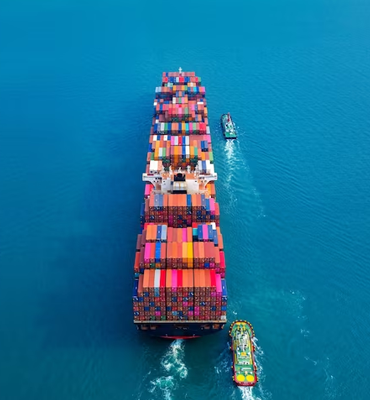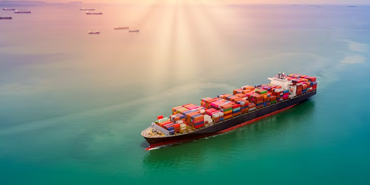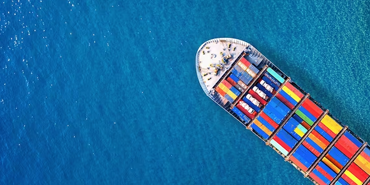Water Transport
Water transport, also known as maritime or waterway transport, is the movement of goods, people, and commodities by vessels or boats across navigable water bodies such as oceans, seas, rivers, canals, and lakes. It is one of the oldest and most significant modes of transportation, playing a crucial role in international trade and domestic transport in various regions. Water transport includes both inland water transport and ocean or sea transport.
Key aspects of water transport include:
-
Types of Vessels:
Water transport utilizes various types of vessels designed for specific purposes. These vessels include cargo ships, container ships, bulk carriers, tankers, ferries, barges, and passenger ships.
-
Inland Water Transport:
Inland water transport operates on rivers, canals, and lakes, connecting inland regions and landlocked countries to major waterways and ports. It is especially important for moving bulk cargo, such as grains, coal, and construction materials.
-
Ocean or Sea Transport:
Ocean transport involves the movement of goods and commodities across oceans and seas, connecting countries and continents. It facilitates international trade and is crucial for the global supply chain.
-
Cost-Effectiveness:
Water transport is often more cost-effective for the transportation of large quantities of goods over long distances compared to other modes like air or road transport.
-
Capacity and Efficiency:
Cargo ships have high cargo-carrying capacities, making them efficient for moving large volumes of goods in a single trip.
-
Intercontinental Trade:
Water transport is a primary mode for intercontinental trade, enabling the movement of goods between continents and countries.
-
Environmentally Friendly:
Water transport generally has a lower carbon footprint compared to other modes of transport, making it a more environmentally friendly option.
-
Port Infrastructure:
Water transport relies on well-developed port infrastructure to facilitate loading and unloading of cargo, customs clearance, and other logistical operations.
-
Trade Routes and Navigation:
Water transport relies on established trade routes and navigation systems, which are continually monitored for safety and efficiency.
-
Challenges:
Water transport can be affected by weather conditions, sea currents, and other natural factors, which may impact schedules and logistics.
Water transport is a vital part of the global transportation network, supporting trade, commerce, and economic development around the world. It complements other modes of transport, such as air, road, and rail, providing an integrated and efficient supply chain for the movement of goods and people across different regions.


